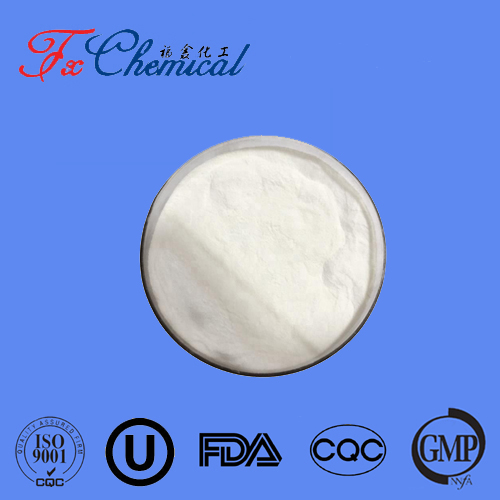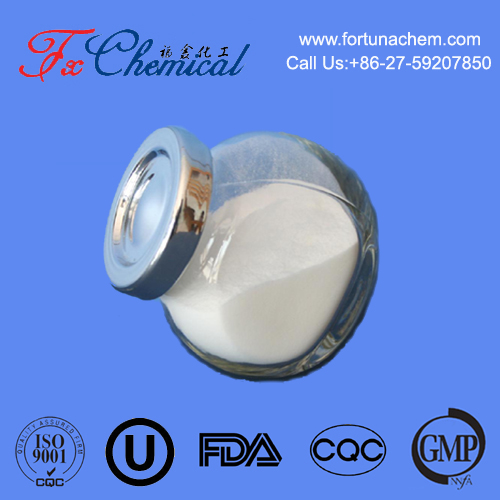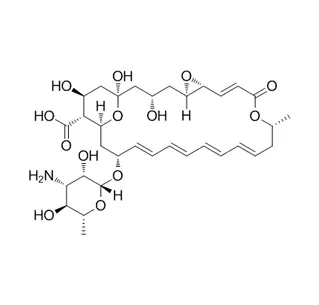
Search

Search

Sucrose, a disaccharide composed of glucose and fructose, is a natural sweetener found in many plants but is primarily extracted from sugarcane and sugar beets. Its production not only satisfies the world’s sweet tooth but also plays a significant role in the global economy.
Sucrose is a carbohydrate that belongs to the class of compounds known as sugars. Chemically, it is a disaccharide made through the condensation of one molecule of glucose and one molecule of fructose, linked by a glycosidic bond. This structure is pivotal for its sweetness and its role in energy metabolism in living organisms.
The production of sucrose products primarily involves the extraction and purification of sugar from sugarcane and sugar beets. The process starts with harvesting these plants, followed by crushing or slicing to extract the juice. The juice is then clarified to remove impurities, concentrated by evaporation, and finally crystallized to produce sugar. This sugar is further refined to produce the white sucrose crystals commonly used in households and industries.
Recent technological advancements have significantly impacted sucrose production, focusing on increasing efficiency and sustainability. Innovations include the development of genetically modified sugarcane and sugar beets that yield more sugar per hectare and are more resistant to pests and diseases. Additionally, the use of precision agriculture techniques has optimized the use of water and fertilizers, reducing environmental impacts.
Sustainability practices in production have also gained momentum. These include the adoption of biorefinery concepts, where all parts of the crop are used to produce not only sugar but also bioenergy and biodegradable products, reducing waste and increasing the sustainability of sucrose production.
What is the primary source of sucrose?
The primary sources of sucrose are sugarcane and sugar beets. Sugarcane is predominantly grown in tropical regions, while sugar beets are cultivated in temperate zones. Together, these two crops account for nearly all the sucrose produced globally.
How is sucrose extracted from sugarcane and sugar beets?
Sucrose is extracted from sugarcane and sugar beets through a process of crushing or slicing the plants to obtain the juice. The juice is then clarified, concentrated, and crystallized. For sugarcane, the stalks are crushed to extract the juice, while sugar beets are sliced before extraction. The extracted juice undergoes several purification and concentration steps to produce sucrose crystals.
What are the environmental impacts of sucrose production?
The environmental impacts of sucrose production include land use changes, water consumption, and pollution. The cultivation of sugarcane and sugar beets can lead to deforestation and loss of biodiversity. Water usage for irrigation can strain local water resources, and the use of fertilizers and pesticides can lead to soil and water pollution. However, innovations in sustainable farming and production practices are aimed at mitigating these impacts.

Quick Links
Add:
E-mail:
 English
English  Español
Español  français
français  العربية
العربية 


